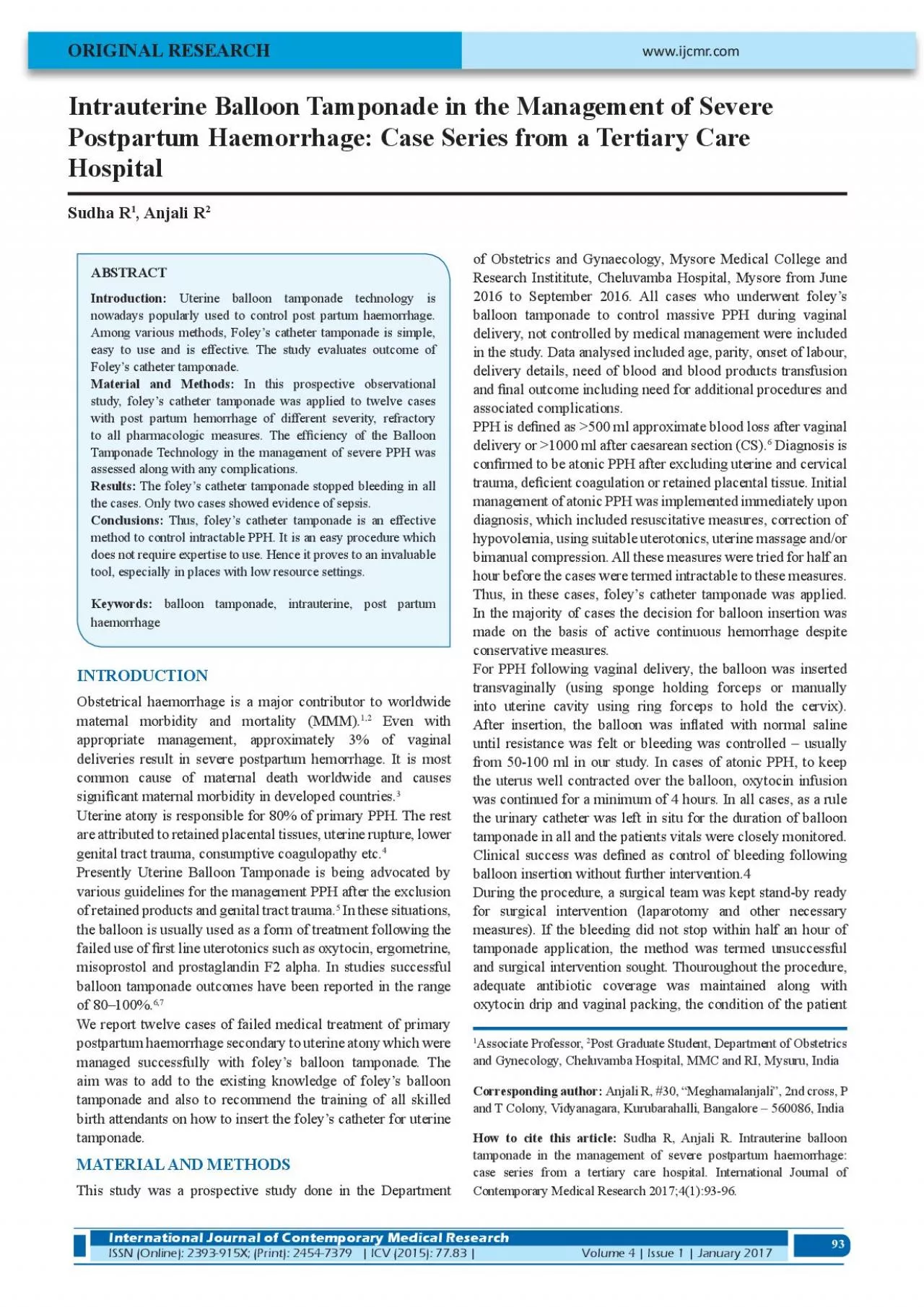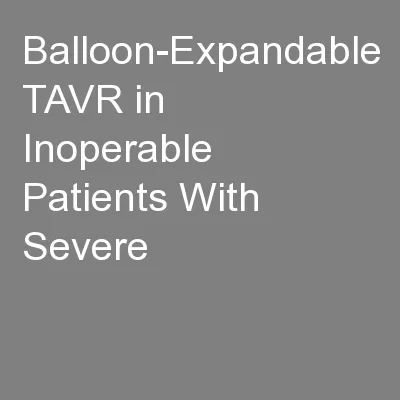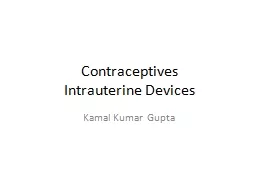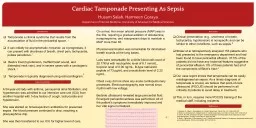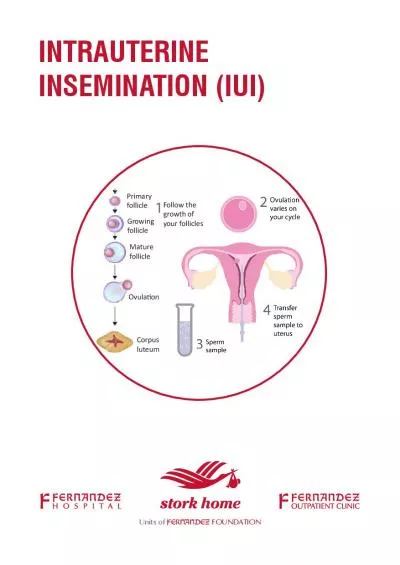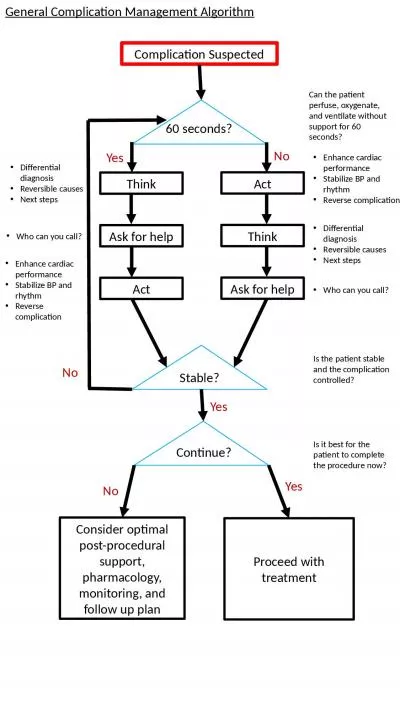PDF-Intrauterine Balloon Tamponade in the Management of Severe
Author : lam | Published Date : 2022-08-16
93 Postpartum Haemorrhage Case Series from a Tertiary Care Hospital Sudha R 1 Anjali R 2 ORIGINAL RESEARCH Introduction Uterine balloon tamponade technology is
Presentation Embed Code
Download Presentation
Download Presentation The PPT/PDF document "Intrauterine Balloon Tamponade in the Ma..." is the property of its rightful owner. Permission is granted to download and print the materials on this website for personal, non-commercial use only, and to display it on your personal computer provided you do not modify the materials and that you retain all copyright notices contained in the materials. By downloading content from our website, you accept the terms of this agreement.
Intrauterine Balloon Tamponade in the Management of Severe: Transcript
Download Rules Of Document
"Intrauterine Balloon Tamponade in the Management of Severe"The content belongs to its owner. You may download and print it for personal use, without modification, and keep all copyright notices. By downloading, you agree to these terms.
Related Documents

